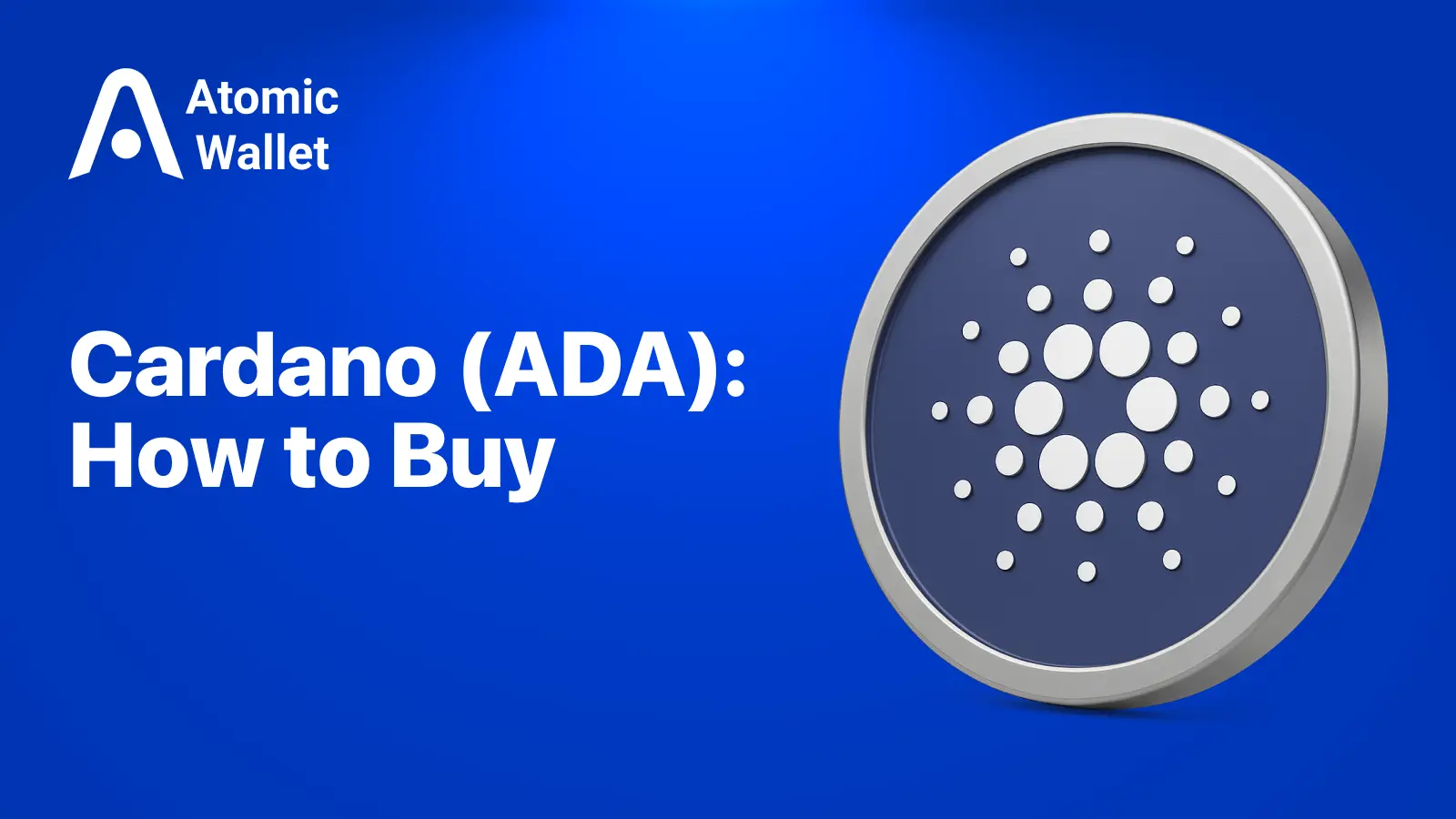Assets

Exchange

Buy Crypto



.webp)
For a long time, one of the most popular searches on the internet has been “how to mine Ethereum”.
Mining has always played a fundamental role in the ecosystem of Ethereum and other cryptocurrencies. Not only for its role in maintaining the integrity of the blockchain by validating transactions, but also for its economic aspect, generating substantial profits for miners.
In this article, we explore the end of Ethereum mining, the transition to Proof of Stake, and the new opportunities to earn rewards in the crypto space. Stay tuned to discover how you can adapt and thrive in this ever-evolving landscape.
Mining of Ethereum was the computational process of validating and recording transactions on the Ethereum blockchain.
The miners, individuals or entities who performed these calculations, competed with each other to solve complex mathematical calculations needed to maintain the network's integrity.

This process required specialized hardware known as Graphics Processing Units (GPUs) that are capable of performing these mathematical problems.
Once a solution was found, the transaction was validated, added to the blockchain, and the successful miner was rewarded with a certain amount of ETH — Ethereum’s native token.
This reward came in the form of Gas fees, transaction fees, and block rewards. Upon completing one block, miners received two Ether as a reward.
While Ethereum mining could have been profitable, it's important to note that it required a significant investment in hardware and electricity, just as mining other cryptocurrencies does today.
Factors such as the price of the cryptocurrency in each moment, the constantly varying difficulty of mining, and the electricity costs in each country must be taken into account when calculating the potential benefits.
For all these reasons, many people are looking for how to buy Ethereum rather than how to mine it.
The transition from Ethereum mining to staking is not a surprise, as it was meticulously planned in the Ethereum roadmap. This strategic shift addresses several long-standing challenges faced by the Ethereum network, particularly scalability and high energy consumption.
The previous Proof of Work (PoW) model, which relied on extensive computational power to validate transactions, was increasingly seen as inefficient and environmentally harmful.
The Ethereum community proposed the shift to a Proof of Stake (PoS) model, in order to address these issues, as PoS is designed to be more energy-efficient and capable of handling more transactions per second.
So, what is ‘The Merge’? Simply explained, ‘The Merge’ is the name given to this pivotal shift from PoW to PoS in Ethereum, and it was successfully completed on September 15, 2022. This change fundamentally transformed how Ethereum transactions are validated and how new ETH is created, making traditional mining obsolete.
If you want to learn between the previous version and the new version of Ethereum, we recommend to check out our Ethereum vs Ethereum 2.0 comparison guide.

Staking is the process of participating in the validation of transactions on a PoS blockchain by locking up a certain amount of cryptocurrency. In return, participants, known as validators, earn rewards for their contribution to maintaining the network's integrity.
For a better understanding, let's now compare Proof of Work and Proof of Stake models.
In the PoS model, validators are chosen to create new blocks based on the amount of cryptocurrency they hold and are willing to “stake” as collateral.
This differs significantly from the PoW model, where miners competed to solve complex mathematical problems to validate transactions and create new blocks.
If you want to learn more about both consensus mechanisms, we recommend you take a look at our guides on what is proof of work (PoW) and what is proof of Stake (PoS).
Getting started in staking is much faster and cheaper than mining cryptocurrencies. Fortunately, Atomic Wallet also makes it tremendously simple, even for non-technical users. In just 4 steps, you can start in Ethereum staking:
With Ethereum mining no longer possible, miners can explore other cryptocurrencies that still use PoW or consider staking opportunities. Here are some alternatives:
Bitcoin remains the most well-known cryptocurrency and continues to use the PoW model. Bitcoin mining requires specialized hardware known as Application-Specific Integrated Circuits (ASICs) due to the high difficulty level and competition.
Litecoin is a peer-to-peer cryptocurrency that is often considered the silver to Bitcoin's gold. It uses a PoW consensus algorithm called Scrypt, which is less resource-intensive than Bitcoin's SHA-256.
If you are interested, take a look at our article about how to mine Litecoin.
Dogecoin started as a meme coin but has gained significant popularity and uses a PoW consensus mechanism similar to Litecoin's Scrypt algorithm. It can be mined using GPUs or ASICs.
For detailed guidance, check out our Dogecoin Mining guide.
Monero is known for its focus on privacy and uses the RandomX PoW algorithm, which is optimized for CPUs rather than GPUs or ASICs. This makes Monero mining more accessible to individuals with standard computer hardware.
For more information, see Monero Mining: A Comprehensive Guide to Mining Monero.
Ethereum Classic is the original Ethereum blockchain, which split from Ethereum after the DAO hack in 2016. It continues to use the PoW consensus mechanism, making it a viable alternative for miners who have invested in GPU hardware.

The end of Ethereum mining signifies a major transformation in the cryptocurrency landscape, but it also ushers in exciting new possibilities.
By transitioning to Proof of Stake, Ethereum has enhanced its efficiency and sustainability, paving the way for more scalable and environmentally friendly blockchain technology. For miners, this change means exploring new avenues such as staking, which offers a simpler and more cost-effective way to earn rewards.
Atomic Wallet makes this transition seamless, providing an easy-to-use platform for staking Ethereum and over 25 cryptocurrencies. Download Atomic Wallet today to start earning rewards and stay ahead in the evolving world of crypto.

Learn how to buy Cardano (ADA) in 2026, what drives ADA price, and how to trade Cardano using spot or perpetual futures. A clear beginner-friendly guide.